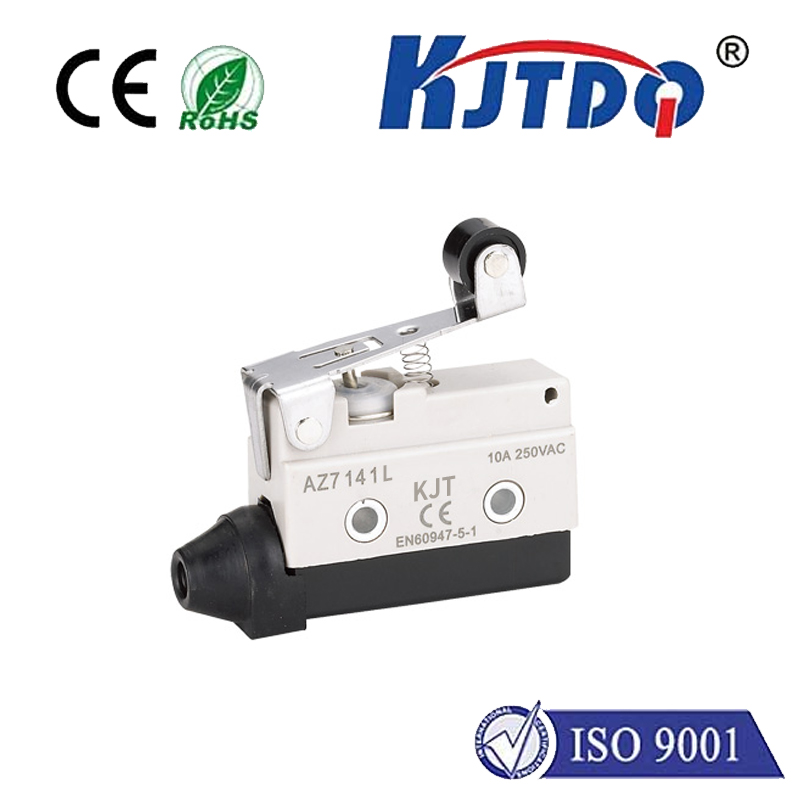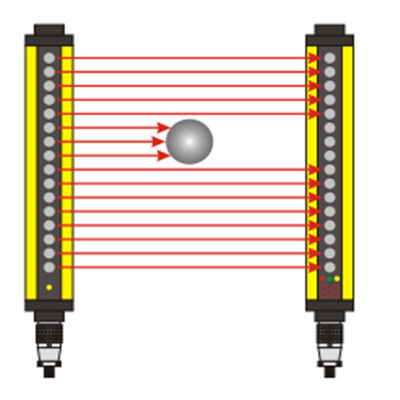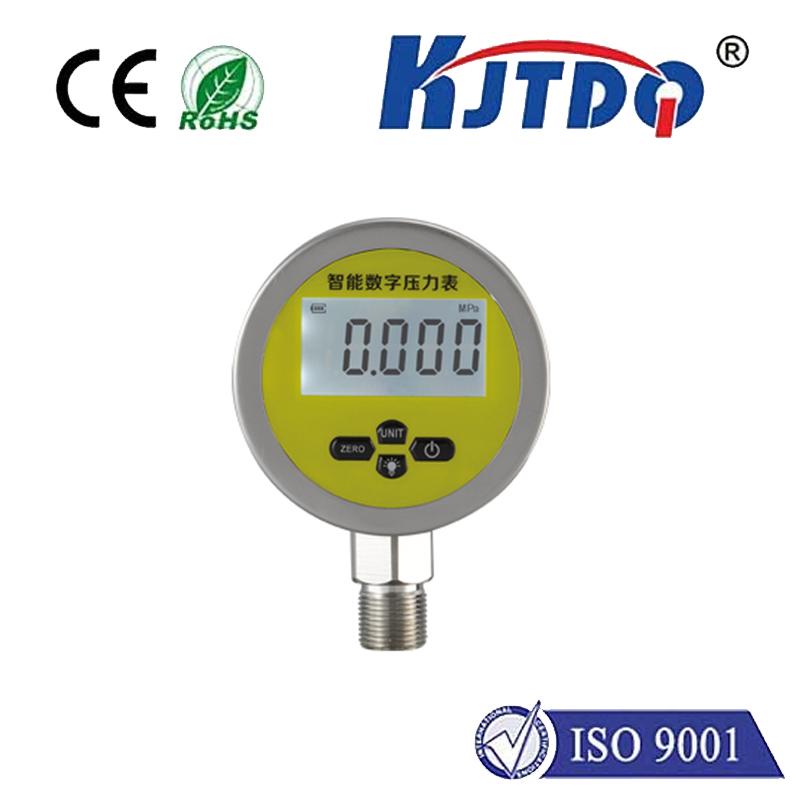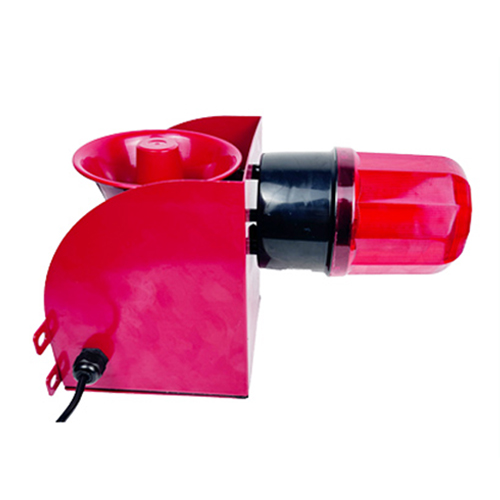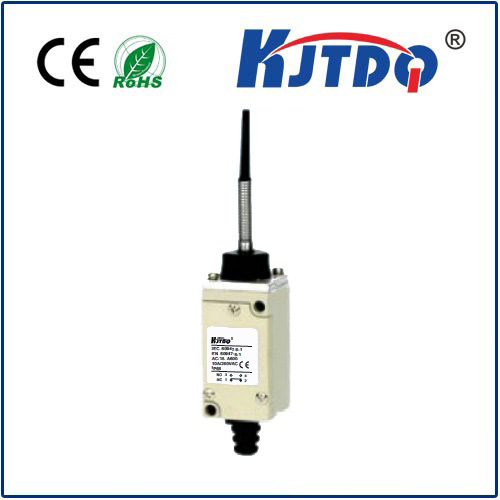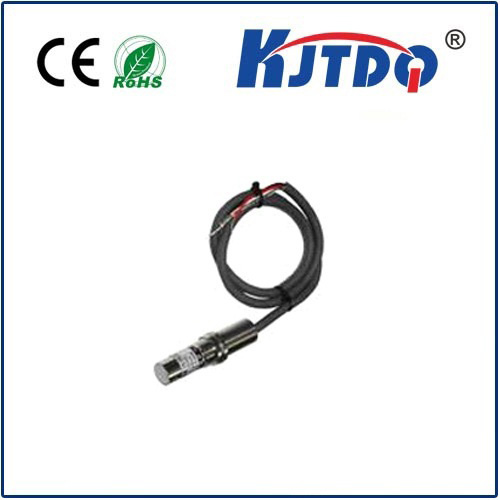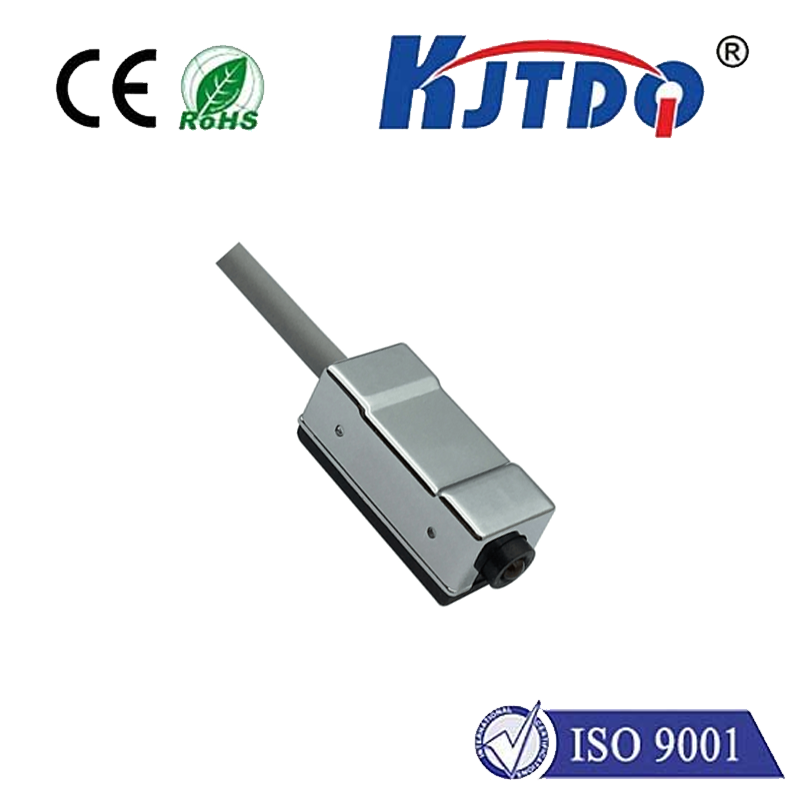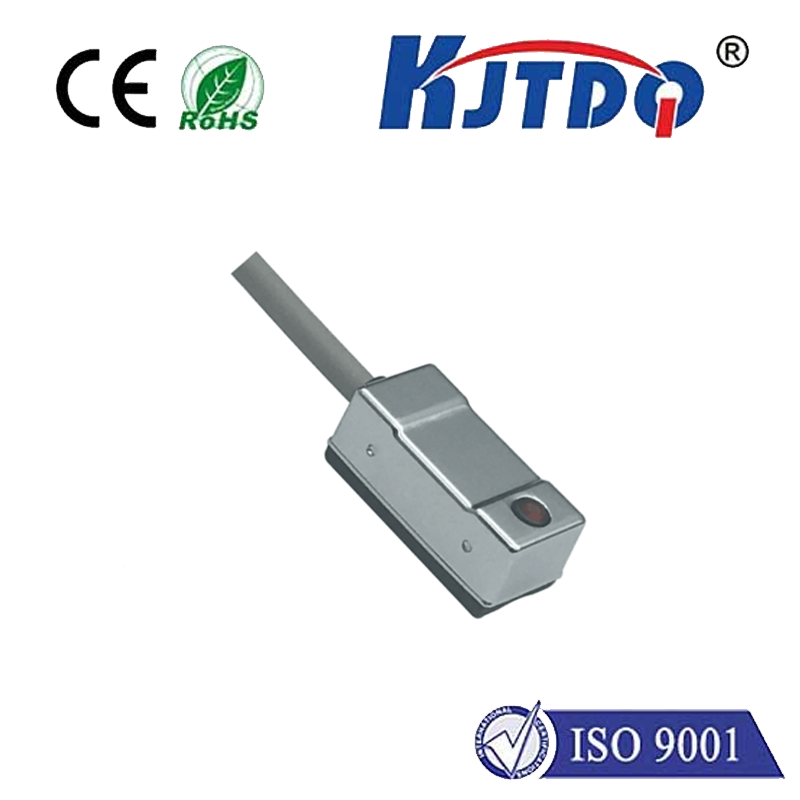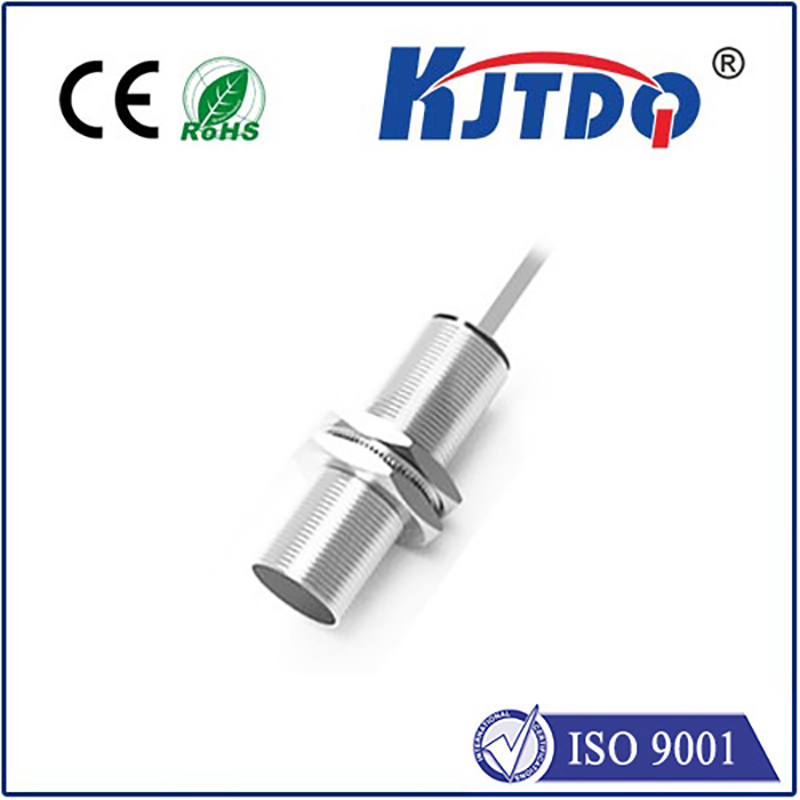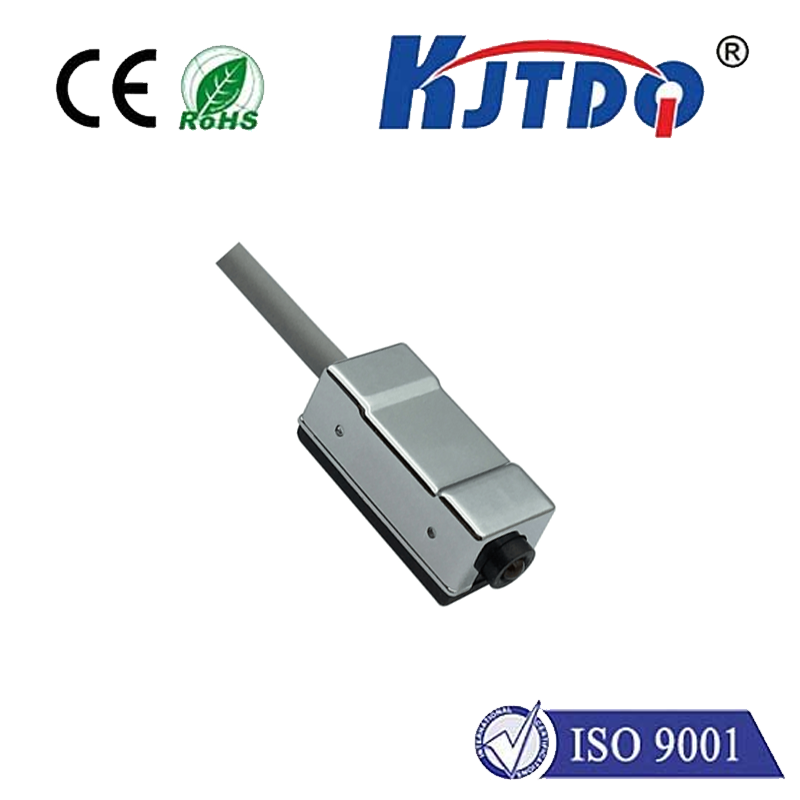Маленький индуктивный датчик приближения
- time:2025-07-10 02:20:28
- Нажмите:0
The Mighty Miniature: Unlocking Efficiency with Small Inductive Proximity Sensors
Imagine machines performing delicate assembly tasks with micron-level precision, robotic arms moving seamlessly in cramped spaces, or packaging lines operating flawlessly at blinding speeds. What hidden component often makes this possible, acting as the silent, reliable “eye” for metal detection? Enter the Маленький индуктивный датчик приближения – a powerhouse of industrial automation packed into a remarkably compact form.
What Exactly is a Small Inductive Proximity Sensor?
At its core, an inductive proximity sensor is a non-contact electronic device designed to detect the presence or absence of metallic objects within its sensing range without physical touch. The “small” designation typically refers to sensors with barrel diameters ranging from M3 (3mm) up to M12 (12mm), and sometimes even flatter, rectangular “block” styles. These miniature marvels utilize the principle of electromagnetic induction.
Here’s the essence of how they work:
- An oscillating electromagnetic field is generated at the active face of the sensor by a coil.
- When a ferrous (iron-based) or non-ferrous (like aluminum, brass, copper) metal target enters this field, it induces small eddy currents on the target’s surface.
- These eddy currents draw energy from the sensor’s oscillating circuit, causing a measurable dampening or change in the oscillation amplitude.
- The sensor’s internal circuitry detects this change and triggers a solid-state electronic switch, changing its output state (e.g., from OFF to ON, or vice-versa).
Why “Small” Makes a Massive Difference

The compact size of these sensors isn’t just convenient; it unlocks capabilities and solves problems larger sensors simply cannot:
- Space-Constrained Installations: In modern machinery, robotics, and miniaturized equipment, real estate is at a premium. M5, M8, and M12 sensors can fit into locations inaccessible to their larger M18 or M30 counterparts. Think robotic grippers, compact linear actuators, tool changers, or densely packed PCB handling equipment.
- Lightweight Targets Detection: Their smaller electromagnetic field allows them to detect tiny metal components without unintended influence from nearby larger metal structures. Ideal for verifying the presence of small screws, clips, or contacts.
- Improved Precision & Repeatability: Smaller sensors generally offer much finer sensing ranges relative to their size. Repeatability – the sensor’s ability to consistently detect a target at the exact same point – is often very high, crucial for precision positioning tasks.
- Reduced Interference: The focused sensing field minimizes the risk of neighboring sensors interfering with each other, even when mounted close together on fixtures or tooling plates.
- Lower Power Consumption: Due to their smaller coils, they typically consume less electrical current, which can be advantageous in complex systems with numerous sensors or battery-powered applications.
Key Advantages Beyond Size
Beyond their miniature stature, small inductive proximity sensors offer benefits inherent to the inductive sensing principle:
- Non-Contact Operation: Eliminates wear and tear caused by mechanical switches, ensuring extraordinarily long service life even in high-cycle applications.
- High Switching Speeds: Capable of detecting targets moving at very high speeds (kHz ranges), perfect for monitoring fast-moving parts on conveyors or rotating machinery.
- Resilience in Harsh Environments: Typically feature robust housings (stainless steel, nickel-plated brass, PBT plastic) with high IP ratings (like IP67, IP68, IP69K), making them resistant to dust, moisture, oils, coolants, and vibration.
- Solid-State Reliability: No moving parts means less susceptibility to mechanical failure.
- Simple Integration: Standard NPN or PNP output configurations (sourcing or sinking) make them compatible with most PLCs and control systems. Models with IO-Link are increasingly common for advanced diagnostics and parameterization.
Where Do These Miniature Powerhouses Shine?
The applications for small inductive proximity sensors are vast and span virtually every industry involved in automation or machinery:
- Factory Automation: Position verification on assembly lines, part counting, detecting end-of-stroke on cylinders, monitoring tool presence in CNC machines or robotic arms.
- Packaging Machinery: Detecting metal components in packaging materials (foils, clips), verifying lid placement, controlling filling levels (via metal floats), and checking cap presence on bottles.
- Robotics: End effector position feedback, tool changing confirmation, collision detection, and gripper state monitoring.
- Перевозка материалов: Detecting metal pallets, verifying carton tuck-in (staples), monitoring conveyor chain links or bucket elevator components.
- Automotive Manufacturing: Verifying component placement (pistons, valves, bearings), detecting fasteners, ensuring jig/clamp closure.
- Medical Device Manufacturing: Precise positioning in high-purity environments, verifying tiny metal components in implants or instruments.
- Building Automation: Monitoring door positions (bolts/strikes), elevator control, and security systems.
Selecting the Right Small Inductive Sensor
Choosing the optimal sensor requires careful consideration of several factors:
- Required Size: M3, M4, M5, M8, M12, or block style? Measure the available space meticulously.
- Target Material: Ferrous metals are detected at the sensor’s rated range. Non-ferrous metals (aluminum, copper, brass) have a reduction factor; you’ll need a sensor rated for a nominal range significantly longer than your actual sensing distance. Check datasheets!
- Nominal Sensing Range (Sn): This is the standard detection distance for a mild steel target. Choose a range that provides a reliable operating window (typically 80-90% of Sn) considering target size and mounting tolerances.
- Electrical Output: NPN Normally Open (NO), NPN Normally Closed (NC), PNP NO, PNP NC? Match this to your PLC input card specifications. Also consider voltage (10-30V DC is common).
- Environment: Requires high resistance to washdown (IP69K)? Extreme temperatures? Chemicals? Select appropriate housing material and sealing rating.
- Mounting: Threaded barrel (flush, non-flush), block style with slots, specific brackets? Ensure the chosen mounting method is feasible.
- Special Features: Shielded (flush-mountable) vs. Unshielded (longer range but requires space around sensor head)? LED status indicator? IO-Link capability for diagnostics and remote configuration?
Unseen, Unheard, Indispensable
Small inductive proximity sensors are a testament to the power of miniaturization in industrial technology. Their ability to provide robust, reliable, high-speed metal detection within incredibly tight confines makes them indispensable components driving efficiency, precision, and reliability across countless automated processes. While often hidden from view, their impact on the smooth operation of modern manufacturing and machinery is truly immense. From ensuring the tiniest component is in place to verifying critical machine positions, these miniature sentinels are the unseen backbone of automation. Next time you witness a complex machine operating flawlessly, remember there’s likely a cluster of these small wonders working tirelessly behind the scenes.

